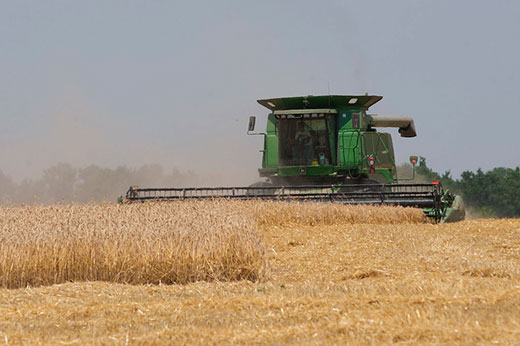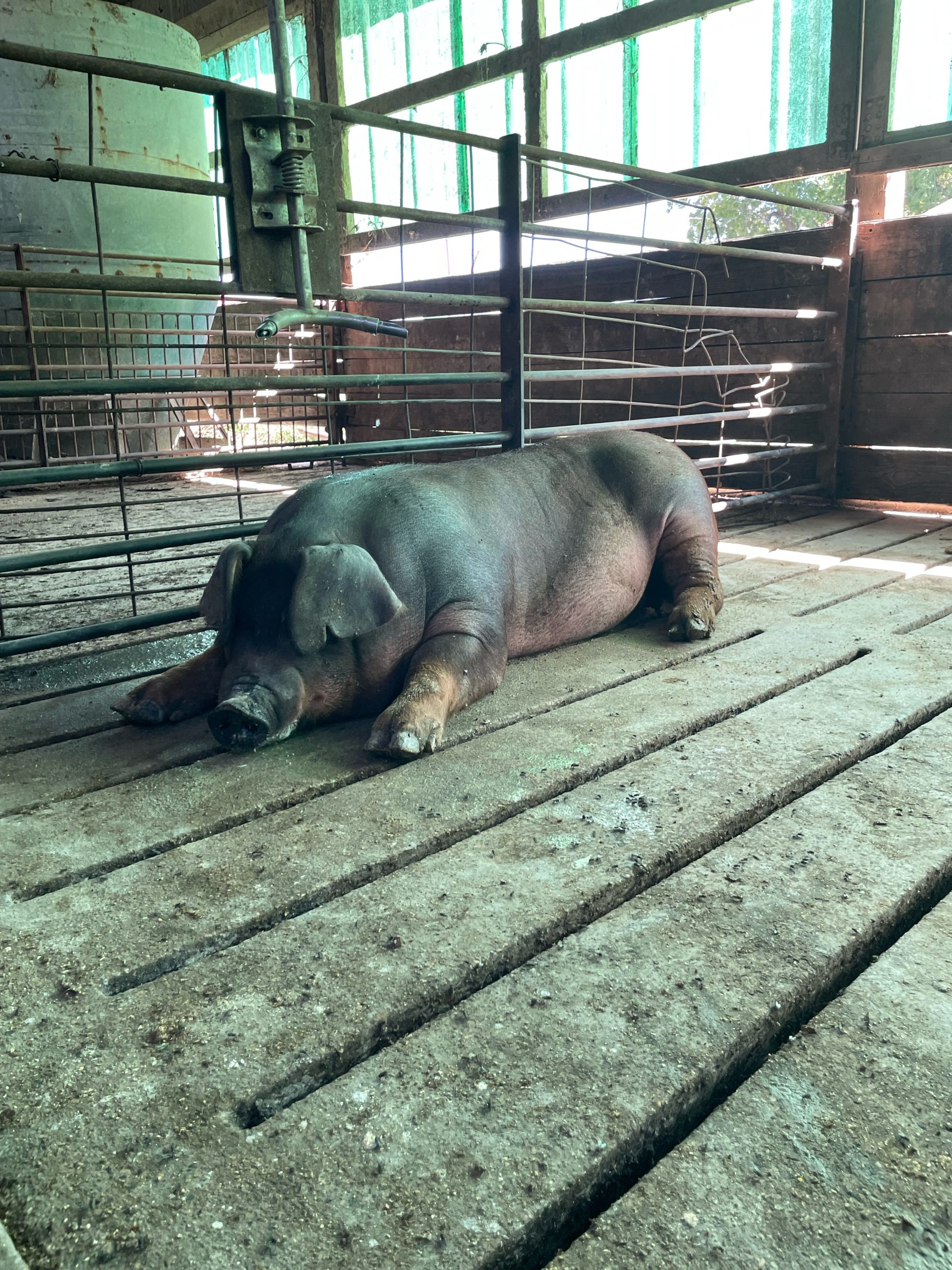K-State ag economists say profitability varies depending on location in the state
A regional analysis of farm income that includes a look at how Kansas farmers are doing indicates that livestock receipts are up and crop receipts are down.
And, said Kansas State University agricultural economist Jenny Ifft, “where you are in the state matters.”
“We’re expecting $4 billion of income across the entire state,” said Ifft, who is the Flinchbaugh Agriculture Policy chair at K-State. “That’s almost the same as the previous year but within sectors there’s a lot of variability.”

Ifft and Joe Parcell, director of K-State’s Center for Risk Management Education and Research, have taken a look at a recent analysis from the Rural and Farm Financial Policy Analysis Center, located at the University of Missouri. According to Parcell, the center—known as RaFF—was formed to fill a gap between the national farm income outlook and the Kansas farm income analysis from the U.S. Department of Agriculture.
“These forecasts cover agriculture in the entire state of Kansas,” Ifft said.
Ifft said the USDA expects corn production at the national level to rebound and soybean production to decline slightly.
“Prices are softening up on the crop side across the board. Expenses have gone down as well,” she said. “On the cattle side, drought has reduced cattle numbers and that’s really pushing up prices for both feeder cattle and fed cattle.”
Ifft added that there is increased use of vegetable oil for biofuel, providing extra support for soybean prices. Hay prices are still strong this year with the average last year being $172 per ton.
“This year, it’s estimated at $186 per ton,” Ifft said. “This is an average, so it can vary wildly depending where you are on the quality of the hay, but hay prices are still strong.”
Another factor influencing hay prices are parts of the state remain in a continued drought.
“Parts of the state have recovered, but their inventories have been depleted,” said Ifft, adding that if conditions continue and yields get back to normal, she expects prices to go down over the next couple of years.
“On the corn side of things, the variability is still there across Kansas, especially with the late season drought,” Parcell said. “We were dealing with lower prices this year than we had last year, and so that’s going to help drive down some of that income from corn.”
Ifft said soybean acres are down and are projecting below average production yield and lower prices. Wheat and sorghum had quite a bit of variability across Kansas.
“Kansas cattle numbers are following the national trend. With the drought and higher grain prices, we’re seeing less cattle out there,” Parcell said. “Feedyards are paying higher value for calves and hoping to send high value fed cattle to market, which is helping drive the income, but it’s costing a lot to get those cattle through the feedyard.”
Parcell said hogs are the outliers. Producers are still dealing with high grain prices and feed costs, but haven’t seen the high pork prices yet to see a rebound in their income outlook.
Ifft said the Kansas dairy sector is growing, and the RAFF outlook continues to follow that trend.
Because of variability between sectors, Parcell said risk mitigation is important.
“It’s outside of the individual producers’ control what these markets are going to do, so you’re always going to look to the futures market or contracts there, more and more,” Parcell said, who recommends producers consider purchasing crop or livestock insurance. “We can look at the past a little bit to tell us about the future, and we know we’re down from 2022.”
More information on RaFF’s report on Kansas farm income can be found at https://ruralandfarmfinance.com/.




